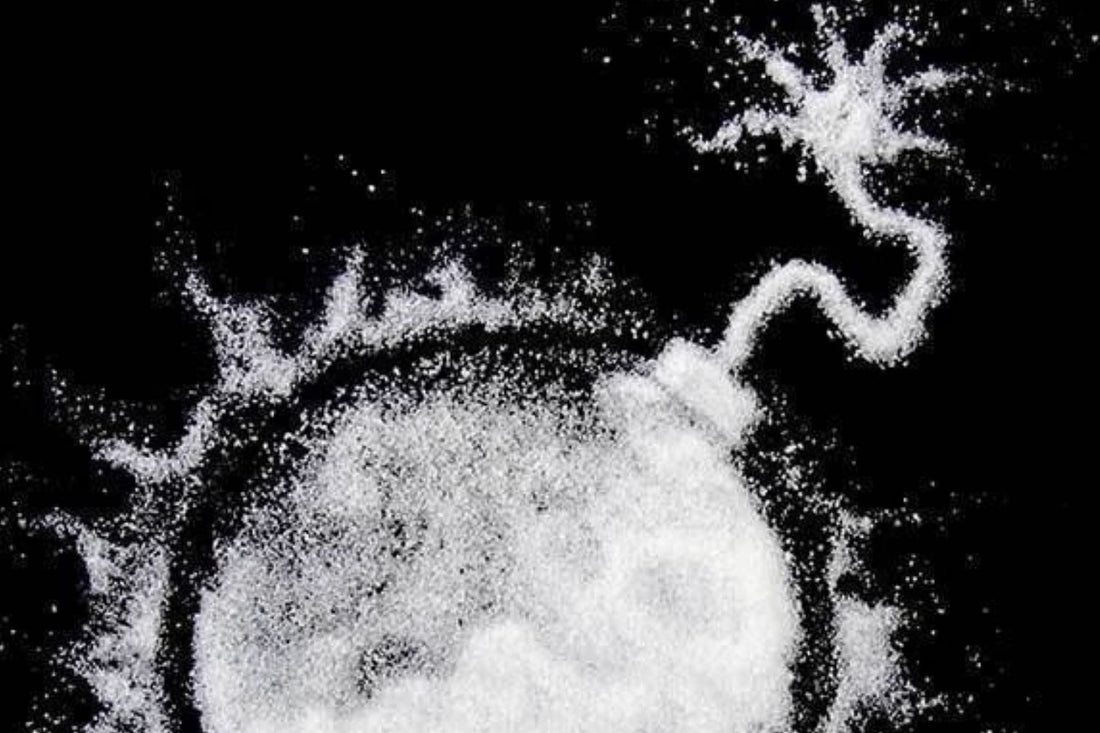Western diets are overrun with sugars, one of the worst forms of food you can serve your child. The food industry has capitalized on its addictive properties, and as a culture, we consume far more sugar than our bodies are capable of processing. Not only is it a direct contributor to obesity, but the effects of sugar directly increase attention challenges in children.
Proper nutrition for children with focus and anxiety challenges, then, must begin with control of sugar intake.
Good Sugar, Bad Sugar
Sugar takes many forms, and is found in dairy (lactose), fruit (fructose) and honey (glucose) to name a few. Every form of sugar is processed a little differently in your body, especially when consumed along with fats and proteins. In the right balance, sugars are a necessary part of a healthy diet, and are processed cleanly and properly.
When our bodies process too much sugar too quickly, a number of chemical reactions take place, and the result is a spike in energy, followed by a crash. The symptoms of a sugar spike include attention issues: difficulty focusing, fidgeting, behavior challenges, and more. What’s worse, the sugar spike and crash tends to lead to repeat binging on sugars, impacting your child’s behavior and focus ability throughout the day.
Refined sugars are highly processed, pure sugar forms (like high fructose corn syrup, white table sugar, etc.) have a high glycemic index (GI) are processed in the body more quickly than beneficial sugars that have lower glycemic indices, which come from fruit, dairy, and other organic sources. Good sugars with low GI’s actually digest slowly and evenly in the body, whereas sugars with high GI’s overwhelm the body’s ability to process them, leading to the up and down behavior symptoms.
Recommended Videos
The Importance of Complex Carbs
Your body actually needs sugar in order to have energy to move and think. But that sugar can also comes from carbohydrates (bread, pasta, cereals, etc.) which get broken down into sugar as you digest them. Complex carbohydrates, like whole grains and fruit are higher Glycemic Index foods, breaking down more slowly, supplying the right amount of energy for the body without the sugar spike.
Processed carbohydrates, like white bread, waffles, and cake, make use of simple carbs that bread down so quickly into sugars that the effect is the same as eating sugar right from a spoon.
Recommended Sugar Intake for Kids
The American Heart Association recommends that children between 2 and 18 years of age eat less than 25 grams of added sugars each day. That’s about 6 teaspoons of added sugar per day. This refers to any food in which sugar is an ingredient, so sugar from, say, a banana, doesn’t count, but sugar in a bowl of cereal does. To put that in perspective, one 12 ounce can of cola has nearly 40 grams of added sugar.
The more conscious of sugar in your child’s diet, the more you’ll realize that it requires quite a bit of vigilance and careful shopping. Despite the challenges, the rewards to your child’s health is worth it.








